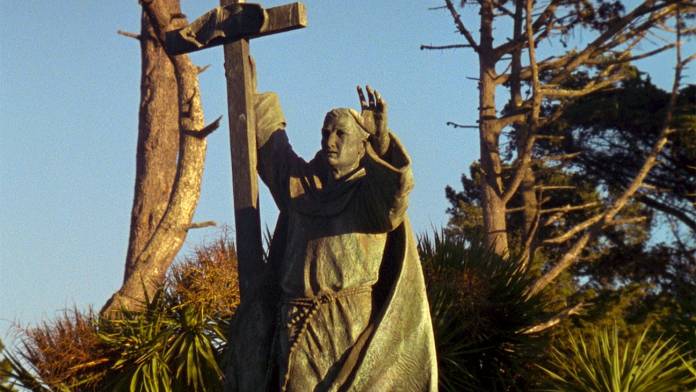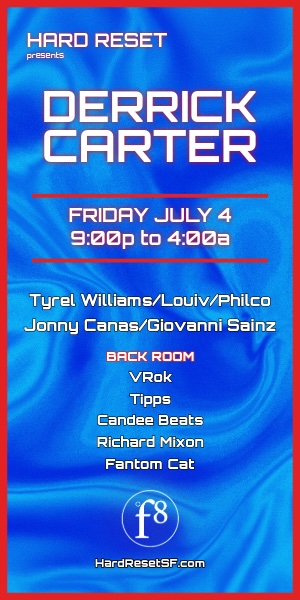SCREEN GRABS It’s a very good week for local film fans. Criterion, the go-to for quality art house releases just announced that its release of Valley of the Dolls includes bonus footage of the glorious Patty Duke tribute event from SF’s camp film revival impresario Marc Huestis, preserving some of our loveliest nightlife fun for future generations.
On the more contemporary side of things, director Jenni Olson’s gorgeous, meditative 2015 film, The Royal Road, is also coming out on DVD (distributed through our own legendary Wolfe Video) and to streaming on Vimeo, iTunes, VUDU, Xbox, GooglePlay, Amazon, and WolfeOnDemand.
The Royal Road “showcases a beautiful array of 16mm urban California landscape footage accompanied by her lyrical prose exploring Golden State history, failed lesbian romantic pursuits and her connection to the classic themes and San Francisco locations depicted in Alfred Hitchcock’s Vertigo.”
It’s a deeply personal film that takes in everything from Junipero Serra’s relentless colonization to the meaning of cinematic architecture – but the film really resonates with the changes that San Francisco has been going through, especially the feeling of loss that has pervaded much of the landscape.
Below is an exclusive excerpt from the film script, from Olson’s “resonant meditation” on Vertigo. You can find out more details about renting, buying, and streaming the film here.
Early in the film Scottie goes to meet his old friend Gavin Elster at his shipyard office. Out the window of the studio set behind him we see the rear-projected image of the cranes at the San Francisco Dry Docks down at Pier 70.
“The things that spell San Francisco to me are disappearing fast,” says Elster, voicing a perennial lament clearly as old as the city itself.
In Vertigo’s original screenplay (in a lengthy reflection removed from the final shooting script) Gavin Elster gives an impassioned description of the siren lure of San Francisco and its impact on his wife.
Help us save local journalism!
Every tax-deductible donation helps us grow to cover the issues that mean the most to our community. Become a 48 Hills Hero and support the only daily progressive news source in the Bay Area.
“You know what San Francisco does to people who have never seen it before,” Elster begins.
“All of it happened to Madeleine, but with such an intensity as to be almost frightening.
She was like a child come home. Everything about the city excited her; she had to walk all the hills, explore the edge of the ocean, see all the old houses and wander the old streets; and when she came upon something unchanged, something that was as it had been, her delight was so strong, so fiercely possessive! These things were hers.”
Elster’s monologue goes on to make the claim that: “something in the city possessed her.”
Most people develop attachments to the cities in which they live. I came to San Francisco with no special affection for it. And then, of course, I fell in love.
Like many people, I came here to reinvent myself and to find happiness. This city was built on people like me: pilgrims trying to find themselves, in a place where crazy chosen paths are a virtue and self-discovery is a civic value.
I’ve been filming the landscapes of San Francisco since just a few years after I arrived here. In capturing these images on film, I’m engaged in a completely impossible and yet partially successful effort to stop time. I now own the landscapes that I love. I preserve them in the amber of celluloid so that I might re-experience these visions of dappled sunlight, the calm of a warm afternoon and the framing of an alley as it recedes into the distance. These images serve as a reminder of what once was and as a prompt to appreciate what now.
In some kind of poetic, cinematic justice — as the city possessed Madeleine, I possess it in return.
One of the main reasons I’m so attracted to landscapes and buildings is the sense that, unlike people, they tend to endure for many generations. They posses an intimacy with the past that no person, however old, can approach.
How to describe my deep spiritual belief about this? Of how the things that remain unchanged and aging all around us, in this ever-changing world, actually anchor us to our current selves. And in the aching knowledge of the old, the lost, the forgotten — can be found the moment in which we come fully alive to this day.






